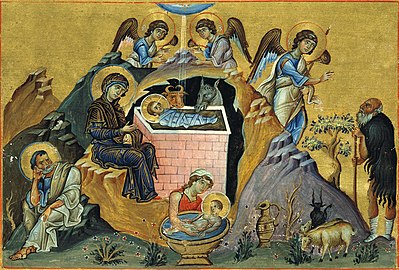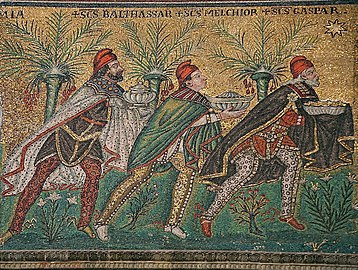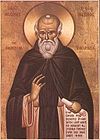
May 11 - Eastern Orthodox Church calendar - May 13

March 11 - Eastern Orthodox liturgical calendar - March 13

December 16 - Eastern Orthodox liturgical calendar - December 18

December 8 - Eastern Orthodox liturgical calendar - December 10

December 15 - Eastern Orthodox liturgical calendar - December 17

December 21 - Eastern Orthodox liturgical calendar - December 23

November 30 - Eastern Orthodox liturgical calendar - December 2

December 2 – Eastern Orthodox liturgical calendar – December 4

December 10 - Eastern Orthodox liturgical calendar - December 12

December 14 - Eastern Orthodox liturgical calendar - December 16

December 19 - Eastern Orthodox liturgical calendar - December 21

December 20 - Eastern Orthodox liturgical calendar - December 22

December 22 - Eastern Orthodox liturgical calendar - December 24

December 23 - Eastern Orthodox liturgical calendar - December 25

December 25 – Eastern Orthodox liturgical calendar – December 27

December 26 - Eastern Orthodox liturgical calendar - December 28

December 27 - Eastern Orthodox liturgical calendar - December 29

December 28 - Eastern Orthodox liturgical calendar - December 30

December 29 - Eastern Orthodox liturgical calendar - December 31

December 30 - Eastern Orthodox liturgical calendar - January 1






